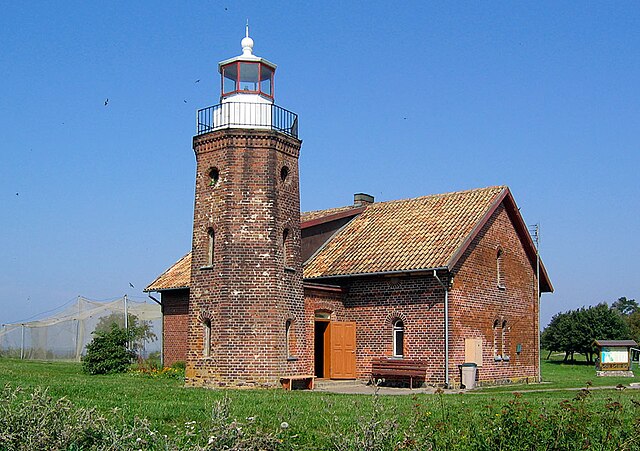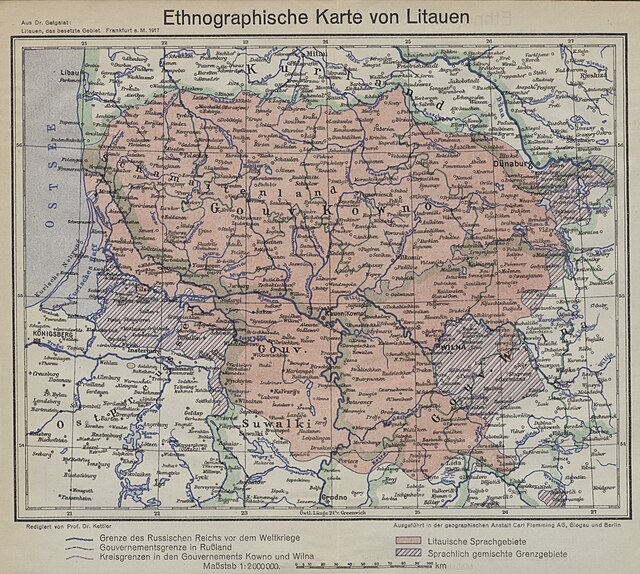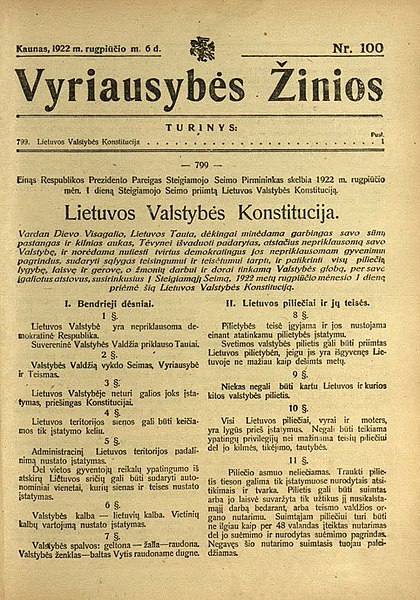Lithuania Minor, or Prussian Lithuania, is a historical ethnographic region of Prussia, where Prussian Lithuanians lived, now located in Lithuania and the Kaliningrad Oblast of Russia. Lithuania Minor encompassed the northeastern part of the region and got its name from the territory's substantial Lithuanian-speaking population. Prior to the invasion of the Teutonic Knights in the 13th century, the main part of the territory later known as Lithuania Minor was inhabited by the tribes of Skalvians and Nadruvians. The land depopulated during the incessant war between Lithuania and the Teutonic Order. The war ended with the Treaty of Melno and the land was repopulated by Lithuanian newcomers, returning refugees, and the remaining indigenous Baltic peoples; the term Lithuania Minor appeared for the first time between 1517 and 1526.
Image: Quite summer evening in the port city Klaipeda
Image: Мост королевы Луизы на Немане
Image: Ventes svyturys
Image: Hugo Šojaus dvaro įėjimas su veranda iš kiemo
Lithuanian is an East Baltic language belonging to the Baltic branch of the Indo-European language family. It is the language of Lithuanians and the official language of Lithuania as well as one of the official languages of the European Union. There are approximately 2.8 million native Lithuanian speakers in Lithuania and about 1 million speakers elsewhere. Around half a million inhabitants of Lithuania of non-Lithuanian background speak Lithuanian daily as a second language.
The oldest surviving manuscript in Lithuanian (c. 1503), rewritten from a 15th century original text.
Ethnolinguistic area of Lithuanians and the Lithuanian language in 1917 by Prussian Lithuanian professor Vilius Gaigalaitis (Wilhelm Gaigalat), the dashed areas represent linguistically mixed border areas where Lithuanians formed a large minority
Title page of Vyriausybės Žinios with articles of the 1922 Constitution of Lithuania. The sixth article established Lithuanian as the sole official language of Lithuania.
Linguistic areal of the Lithuanian language in Russia and German Prussia by Ethnographer Franz Oskar Tetzner in 1902








